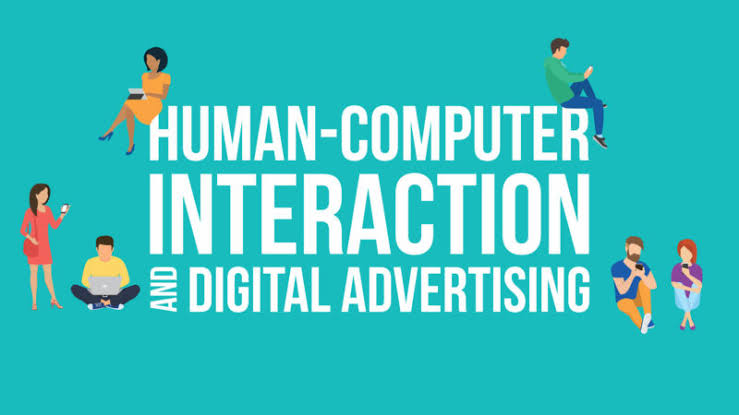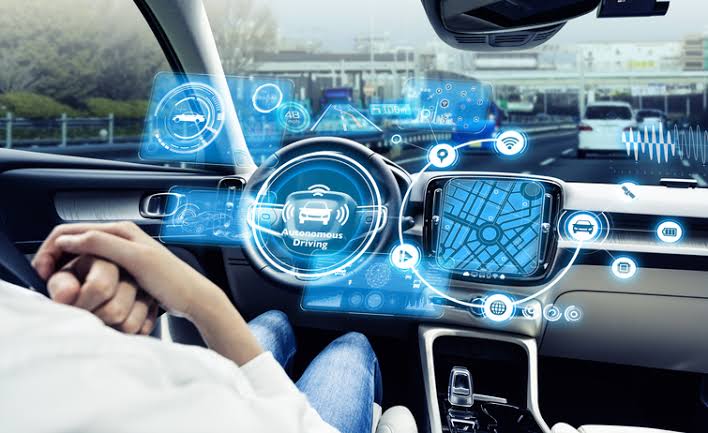Human-Computer Interaction (HCI) is an important field that studies how people use computers and how to make computer systems easy and effective to use. By July 2025, HCI has grown beyond simple screens to include touchless gestures, voice commands, virtual reality, augmented reality, and brain-computer links. HCI is used in many areas like education, healthcare, games, security, transport, and work. Learning about HCI helps create user-friendly technologies that fit human needs and behavior smoothly.
The Evolution of Human-Computer Interaction
The idea of HCI began in the early days of computing, when users interacted with machines using text-based commands. As computers became more accessible, graphical user interfaces (GUIs) introduced visual elements like icons and windows, making systems more user-friendly. By the early 2000s, the rise of mobile computing and touchscreens brought a new wave of interaction that was more direct and intuitive.
In 2025, HCI has expanded to include multimodal interaction, allowing users to communicate with devices using voice, gestures, eye movement, and even neural signals. The field has matured into a multidisciplinary domain combining computer science, cognitive psychology, design, and engineering to create systems that are not only functional but also human-centered.
Key Principles of Human-Centered Design
At the heart of HCI is the philosophy of human-centered design, which prioritizes the user’s experience, capabilities, and context. This approach emphasizes usability, accessibility, and the reduction of cognitive load. It starts with understanding user needs through methods like ethnographic studies, usability testing, and prototyping.
The process also involves iterative design—developing a product through multiple cycles of feedback and refinement. In 2025, advanced AI tools assist in simulating user behavior and testing different interface versions before full deployment. This ensures that the final design is both functional and delightful to use.
HCI in Healthcare Applications
One of the most transformative applications of HCI in recent years has been in the healthcare sector. Medical technologies now use advanced interfaces that allow doctors and patients to interact with complex systems more easily. Touchless surgery interfaces, AI-powered diagnostic tools with natural language interfaces, and wearable health monitors are reshaping patient care.
For example, a surgeon might use hand gestures to navigate a 3D model of an organ during an operation, or a patient could interact with a virtual health assistant using voice commands. In 2025, hospitals are increasingly deploying these systems to improve efficiency, reduce medical errors, and enhance the patient experience, especially in remote or rural areas.
Enhancing Education Through Interactive Technologies
HCI also plays a significant role in education, where interactive platforms are helping students engage more deeply with learning materials. With virtual and augmented reality tools, students can explore historical events, perform virtual science experiments, or manipulate 3D models of molecules.
AI-integrated systems analyze student performance and adapt lesson plans in real time. Eye-tracking technology is used to determine attention levels, while voice interfaces help students with special needs. In classrooms and online environments alike, HCI is making education more interactive, personalized, and inclusive.
Human-Computer Interaction in Workplace Environments
In corporate settings, HCI enhances productivity by designing tools that fit seamlessly into employees’ workflows. Voice-activated assistants, smart meeting tools that transcribe and summarize discussions, and intuitive dashboards for data analysis are just a few examples. These technologies reduce friction and allow workers to focus on high-level tasks instead of getting bogged down by technical complexities.
HCI is also critical in the design of collaborative tools, especially in the era of hybrid and remote work. As of 2025, platforms that integrate gesture recognition, eye contact detection in video calls, and shared virtual spaces are creating more engaging and natural interactions among team members working from different locations.
Automotive and Transportation Interfaces
Modern vehicles have become increasingly computerized, and HCI is essential in ensuring that these systems support safe and effective driver interaction. Heads-up displays, touchless controls, voice-activated navigation, and haptic feedback are now standard in many new car models.
In 2025, autonomous vehicles rely heavily on HCI principles to maintain trust and communication between the car and the passengers. Visual and auditory cues help users understand the vehicle’s decisions and status. Additionally, real-time monitoring systems track driver alertness and provide adaptive feedback, contributing to road safety.
The Role of Artificial Intelligence in HCI
Artificial Intelligence is transforming the landscape of HCI by enabling systems to adapt and respond intelligently to user behavior. AI-driven interfaces can learn from user input, anticipate needs, and personalize experiences. Virtual assistants like Siri, Alexa, and Google Assistant have become more conversational, proactive, and context-aware in 2025.
Emotion recognition is another AI-powered development, allowing systems to detect frustration, confusion, or satisfaction from facial expressions and vocal tones. This feedback loop enables systems to adjust responses, offer help, or modify interface complexity based on the user’s emotional state.
Ethical Considerations and Challenges
As HCI technologies become more advanced, ethical considerations become increasingly important. Issues related to data privacy, user consent, and algorithmic bias must be addressed thoughtfully. For instance, systems that track eye movement or emotional states must ensure that collected data is used responsibly and securely.
Designers must also consider the accessibility of their interfaces to avoid excluding users with disabilities. In 2025, the push for inclusive design continues to grow, encouraging developers to build systems that are usable by the broadest possible range of people, regardless of age, ability, or technological literacy.
The Future of Human-Computer Interaction
The future of HCI is leaning toward more seamless, invisible interaction—where the boundary between human and machine becomes less noticeable. Brain-computer interfaces (BCIs), wearable AR devices, and spatial computing are making it possible to interact with digital systems using thought, motion, and presence alone.
In the coming years, we can expect systems to become even more context-aware, capable of adapting not just to what a user says or does, but also to the environment, mood, and intentions. This shift will redefine not only how we use technology but also how we live, learn, work, and connect with others.
Conclusion
Human-Computer Interaction is no longer limited to keyboards and screens. It is a dynamic, evolving field that integrates human psychology, design innovation, and advanced computing to create intuitive and responsive systems. As of July 2025, HCI is playing a vital role in shaping the future of healthcare, education, business, transportation, and everyday life. The continued focus on user-centered design, ethical responsibility, and technological integration ensures that HCI will remain a cornerstone in the development of technologies that truly serve and empower humanity.



